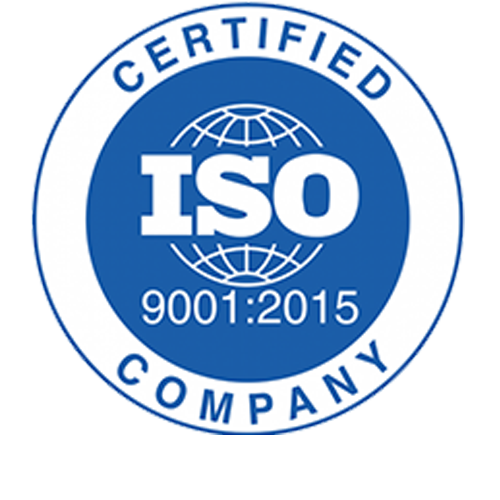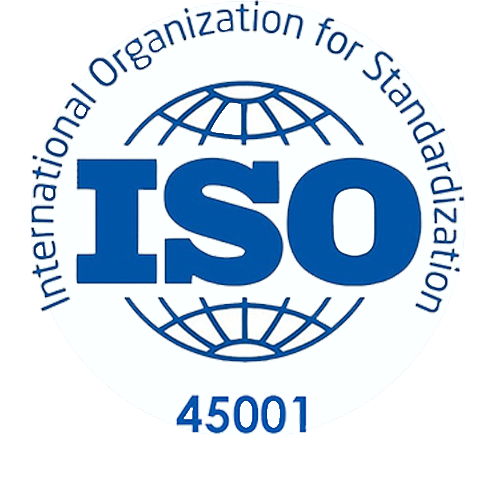Sand Blasting dan Epoxy Coating for WTP demineralization tank

The main enemy of all metal objects is corrosion. One of the most effective and efficient ways to combat corrosion is through sand blasting. Sand blasting is a process that involves high-pressure spraying of abrasive materials, usually silica sand, onto a surface to remove contaminants such as rust, paint, salt, oil, and others. Additionally, it aims to create a rough texture on the metal surface to ensure proper adhesion between the metal surface and the protective coating, such as paint or coating material.
Processing Stage
1. The WTP demineralized tank must have been emptied and drained before the coating process begans. Then, the hydrogen sulfide (H2S) gas level in the tank was checked to ensure the safety of workers from the hazards of sulfur gas during the ongoing work process.
2. The sand blasting work commenced. During this stage, high-pressure spraying of abrasive material, silica sand, was carried out on the tank's surface to remove contaminants such as rust, paint, salt, oil, etc. After the sand blasting process, the tank's surface became clean from dirt and rougher due to the impact of the sprayed sand. As a result, the new paint / coating to be applied can easily adhere and bond to the tank's surface.
3. Primer, Intermediate, Finshing Coat : The painting process consists of three layers: the primer coat, intermediate coat, and finishing coat. In this process, the entire tank is coated with an epoxy-based primer coat, which serves to protect the tank from corrosion and acts as a base layer to provide a smooth surface appearance. Without the primer, the paint would not adhere perfectly to the metal surface.
Next the application of the intermediate coat. This layer serves not only as a protective barrier to prevent water penetration but also as a thickening agent for the paint. It helps to enhance the durability and longevity of the tank's coating.
The final stage was finishing coat, which involves applying the paint to the tank to give it a fresh appearance with the desired color chosen by the user. This step adds the aesthetic finishing touch to the tank, enhancing its visual appeal while providing additional protection.
Final Inspection
The process was concluded by inspecting the thickness of the coating layers. This measurement was conducted according to the standards set by the SSPC (Steel Structure Painting Council). The measurement results indicated that the coating thickness had met the user's requirements, with the primer coat measuring 100 microns, the intermediate coat with aggregate measuring 250 microns, and the finishing coat measuring 150 microns.
If you have similar needs for sand blasting and epoxy coating for WTP tanks, please feel free to contact us at +6221 8873531 or email info@zevanya.com.
Alternatively, you can explore our other water treatment and HVAC filter requirements here.
Explore our portfolio and past projects here. Or check our cleaning boiler and chiller chemical on online commerce Tokopedia here.











